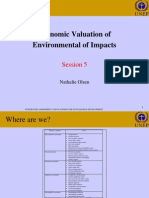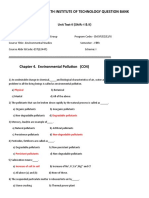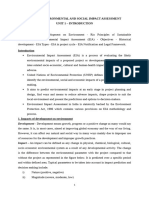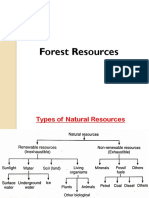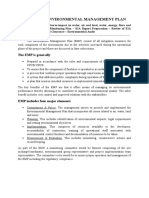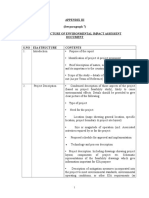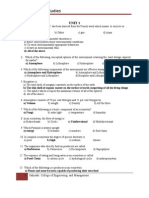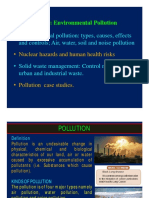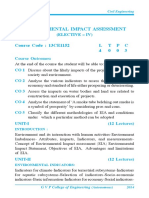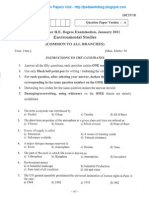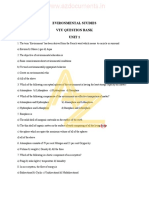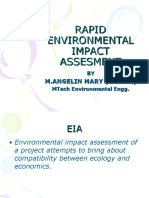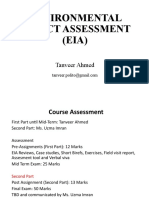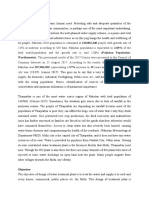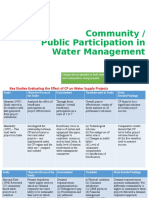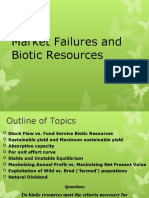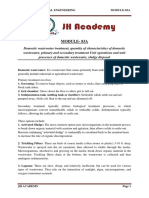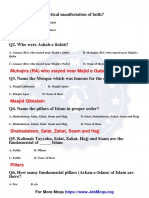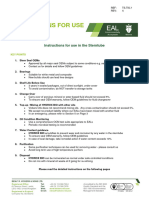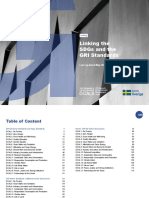0% found this document useful (0 votes)
624 views16 pagesCost-Benefit Analysis (CBA) For EIA
Cost-benefit analysis (CBA) is used in environmental impact assessments to quantify the costs and benefits of a project in monetary terms. CBA weighs the costs of a project proceeding, such as environmental damage and resource use, against the economic benefits to determine if the project should be approved. It attempts to put a monetary value on both the direct costs and environmental impacts of a project as well as the economic benefits. While CBA provides a framework for comparing costs and benefits, it has limitations in assigning monetary values to all environmental and social impacts.
Uploaded by
Vikaas SagerCopyright
© © All Rights Reserved
We take content rights seriously. If you suspect this is your content, claim it here.
Available Formats
Download as PDF, TXT or read online on Scribd
0% found this document useful (0 votes)
624 views16 pagesCost-Benefit Analysis (CBA) For EIA
Cost-benefit analysis (CBA) is used in environmental impact assessments to quantify the costs and benefits of a project in monetary terms. CBA weighs the costs of a project proceeding, such as environmental damage and resource use, against the economic benefits to determine if the project should be approved. It attempts to put a monetary value on both the direct costs and environmental impacts of a project as well as the economic benefits. While CBA provides a framework for comparing costs and benefits, it has limitations in assigning monetary values to all environmental and social impacts.
Uploaded by
Vikaas SagerCopyright
© © All Rights Reserved
We take content rights seriously. If you suspect this is your content, claim it here.
Available Formats
Download as PDF, TXT or read online on Scribd
/ 16




